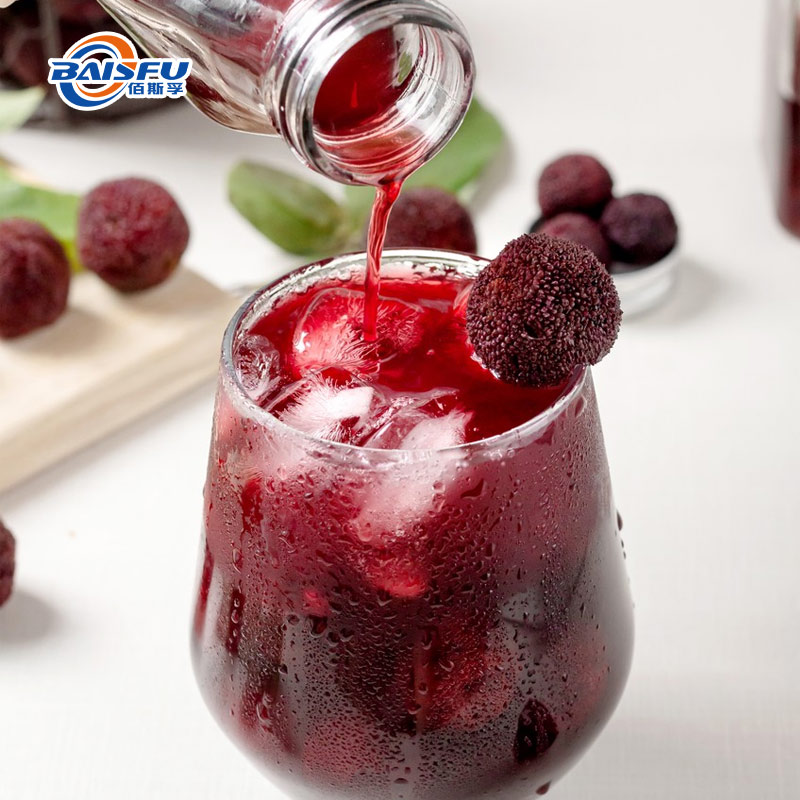What are the different forms of food flavorings?

1. Liquid flavors
(1) Oil-soluble liquid flavors
Structure: Uses vegetable oil, glycerol or propylene glycol as solvent to dissolve fat-soluble flavor substances.
Features:
High temperature resistance (suitable for baking and fried foods).
Good compatibility with oily foods, but not easily soluble in water.
Applications:
Baked foods (such as butter flavors in cakes and biscuits).
Fried snacks (such as barbecue flavors in potato chips).
Chocolate products (cocoa flavors).
(2) Water-soluble liquid flavors
Structure: Uses ethanol, water or a mixture of water and alcohol as solvent to dissolve water-soluble flavor components.
Features:
Easily soluble in water or alcohol and evenly dispersed.
Not resistant to high temperatures (easily volatile at high temperatures).
Applications:
Beverages (such as juice, soda, cocktails).
Dairy products (such as fruit flavors in yogurt).
Syrup, ice cream (needs low temperature processing).
2. Powdered flavors
Features:
High stability, not easy to evaporate, long shelf life.
It is easy to absorb moisture and agglomerate, and needs to be stored dry.
Application:
Instant drinks (such as milk tea powder, coffee powder).
Solid seasonings (such as instant flour bags, seasoning salt).
Dry mixed foods (such as premixed cake powder, protein powder).
3. Paste flavors
Structure: Using thickeners or semi-solid oils as carriers, mixed with high-concentration flavor ingredients.
Features:
The texture is viscous, and the fragrance release is slow and lasting.
The high temperature resistance is better than liquid flavors.
Application:
High-temperature processed foods (such as barbecue flavor paste for puffed foods).
Sauces (such as hot pot base, spice flavors in curry paste).
Meat marinades (such as smoked flavor paste).
4. Emulsified flavors
Features:
Evenly mix the water and oil phases to avoid stratification.
Commonly used in transparent or turbid beverages.
Application:
Turbid juice (such as emulsified citrus oil flavor in orange juice).
Dairy drinks (e.g. emulsified fruit flavors in strawberry milk).
Fatty drinks (e.g. coconut milk, plant-based drinks).

